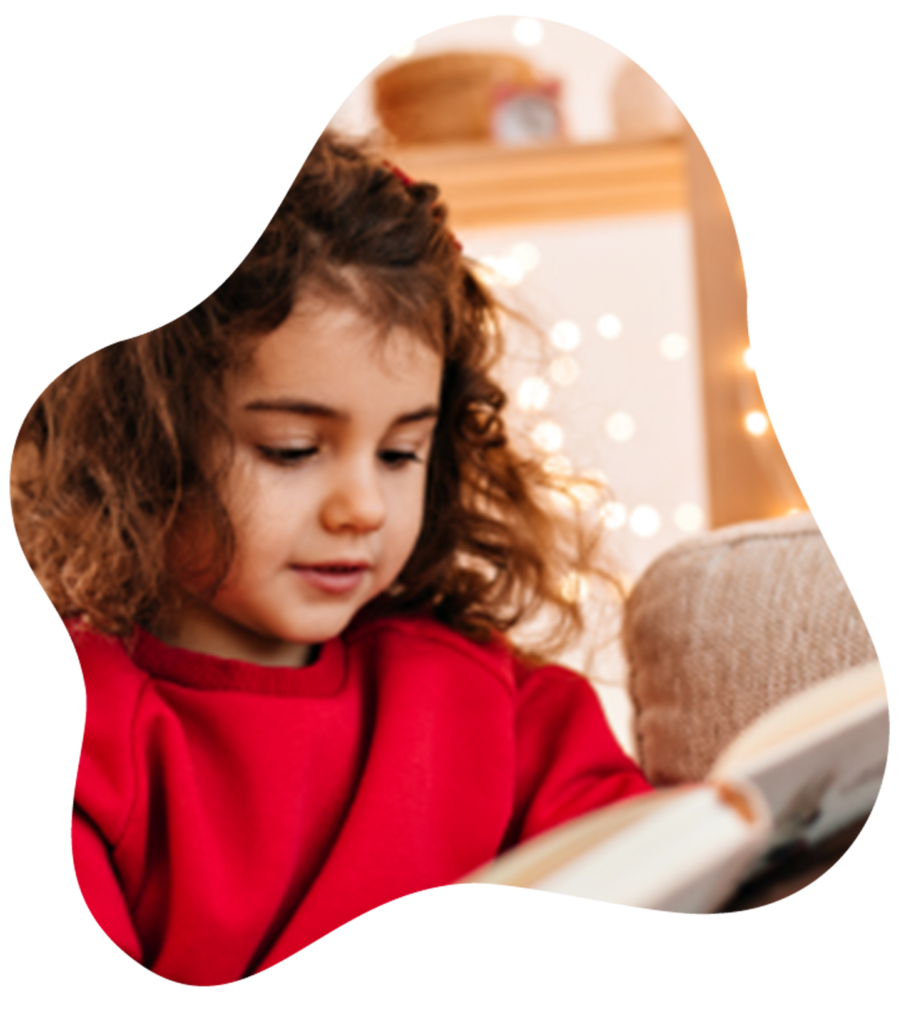Little Linguists Program
Little Linguists is our specially designed children’s programme that introduces young learners to Asian languages using play, songs and age-appropriate activities. The course aims to make languages enjoyable and accessible so children develop confidence, curiosity and practical speaking skills from an early age.
Our Offerings
A playful and engaging curriculum that uses songs, stories, games, and creative activities to build listening, speaking, and early reading skills.
Clear and measurable learning goals for every age group, helping parents and teachers monitor steady language development and confidence.
Structured learning pathways designed to prepare older children for recognised youth language proficiency exams such as YCT or JLPT N5.
Personalised exam pathway recommendations for each child based on a short placement assessment to ensure the right learning level and progression.
Free demo class available for new students in the Little Linguists programme to experience our engaging and effective teaching approach firsthand.
Comprehensive weekly lesson plans and home practice sheets provided to parents to encourage consistent language exposure and skill reinforcement at home.
Learning outcomes - Ages 7 to 11

Early Exposure through play and song | This is the ideal stage to introduce sound patterns, basic words, and short phrases. Lessons focus on listening, repetition, gestures, and songs so children absorb vocabulary naturally and enjoy the learning process. |
|---|---|
Spoken fluency and functional phrases | Children learn to use simple, everyday phrases in context. We use role-play, picture stories and vocabulary games to reinforce speaking and comprehension. This stage prepares learners for beginning to read simple scripts. |
Practical conversation and early literacy | Students practice short conversations, ask and answer questions, and begin structured reading and writing activities appropriate to their level. By the end of this stage children can hold short exchanges and understand classroom-level grammar and vocabulary. |
Transition to regular youth/adult classes | Learners ready for deeper study join our regular junior or teenage batches, with options to prepare for recognised tests or school exchange programmes. |
Mandarin Chinese
Our classroom approach prioritises speaking and listening in the early stages, helping children build confidence in using the language naturally before moving on to reading and writing. Once students have a strong foundation, we introduce staged literacy through Chinese characters and pinyin, ensuring balanced language development. For children who wish to take their learning further, we offer guidance and preparation for the Youth Chinese Test (YCT) – an international exam designed specifically for young non-native learners. The YCT includes separate tracks for writing and speaking, with levels suitable for both primary and secondary students. It serves as a recognised milestone that helps motivate progress, and our team supports families through the entire registration and preparation process, with test centres and dates varying by region.
Japanese
In our Japanese classes for children, the focus is on building a strong foundation through the introduction of hiragana and katakana, along with commonly used spoken phrases and age-appropriate exposure to basic kanji. As students progress, they can prepare for recognised proficiency exams such as the Japanese-Language Proficiency Test (JLPT) and the JFT-Basic. The JLPT offers multiple levels, with N5 being an accessible goal for beginners, while older or more advanced learners can aim for N4. The Japan Foundation’s JFT-Basic is another practical exam designed to assess everyday communication skills. Our team provides guidance to help parents and students choose the most suitable exam based on the child’s proficiency and supports them through the registration and preparation process.
Formal exams give older children a clear target and credential, but Little Linguists places examination readiness behind play, confidence and steady skill building. For younger learners, the emphasis is always on spoken fluency and enjoyment; exam work is introduced only when children are ready and interested.
Cognitive and academic boost: bilingual children often develop stronger attention control, working memory, and problem-solving skills than monolingual peers. These advantages enhance learning outcomes and support overall academic success across all subjects.
Improved listening and pitch sensitivity: studying tone-based languages like Mandarin sharpens auditory discrimination, aiding both musical and phonological growth. Through songs, rhythm-based games, and melodic repetition, children naturally learn tones in an enjoyable, low-pressure way.
Cultural awareness and future opportunities: learning East and Southeast Asian languages builds global understanding and opens doors in technology, trade, education, and diplomacy. Early learners gain valuable communication skills and a competitive edge for future academic and professional growth.
References and further reading
- Youth Chinese Test (YCT) – official and overview pages. (Mandarin.ac.cn)
- JLPT – Japanese-Language Proficiency Test level guidance. (JLPT)
- JFT-Basic – Japan Foundation Test for Basic Japanese. (Japan Patent Office)
- TOPIK – Test of Proficiency in Korean (NIIED). (NIIED)
- Early bilingual development and cognitive benefits – review articles and studies. (PMC)
- Research on tone language exposure and pitch perception in young children. (PubMed)



